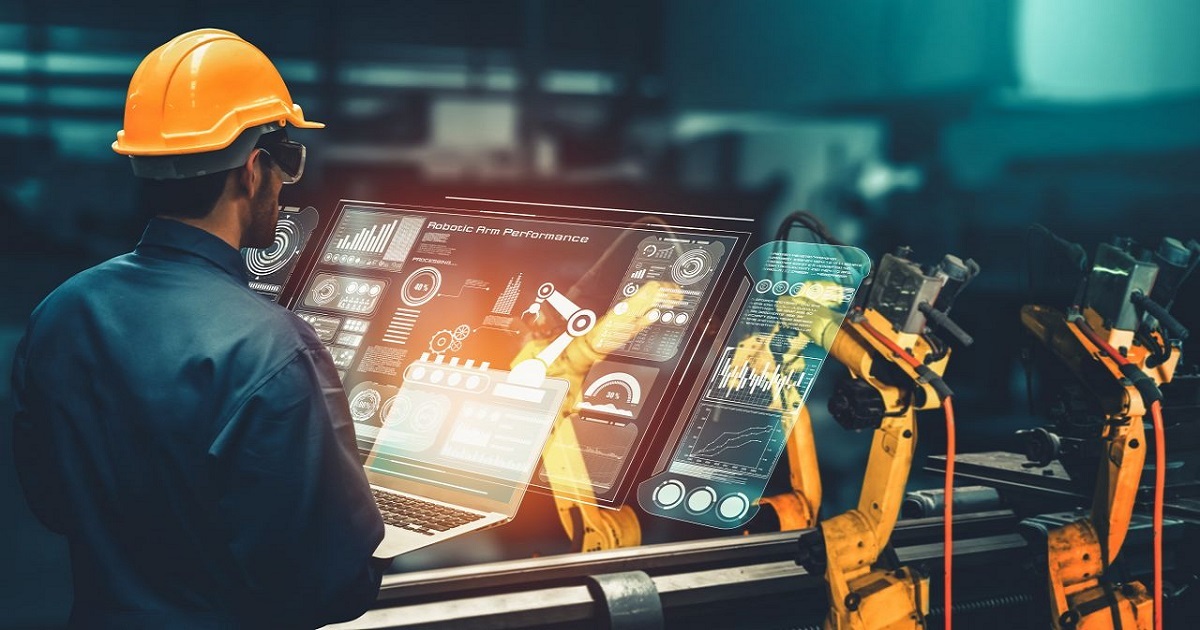EarlyBirds Contribute to Manufacturing Innovation
EarlyBirds | March 08, 2022

EarlyBirds, the originator of the Open Innovation Ecosystem, published an article on how their organization might assist advanced manufacturing and production companies to close the innovation gap. By exploiting and deploying innovative technology across production sites, most businesses have been able to adjust to the enormous disruption created by the COVID-19 outbreak. Manufacturing and supply chain professionals must now step up their efforts to be competitive in today's market. Numerous reasons are escalating this demand for change.
To begin with, the need for change in advanced manufacturing and production is being fueled by new client demands and a shifting market environment. Second, the epidemic changed many aspects of people's lives, including their preferences for products and services. Third, climate change and the urgent requirement to achieve net-zero emissions compel businesses to drastically reinvent their production techniques to mitigate the catastrophic effects of global climate change. Finally, the digital transition is here to stay, and companies must innovate to thrive in it.
Consumers, the social order, and the status of the planet are posing new problems that require company executives to go beyond operations, productivity, and efficiency improvements. It entails capitalizing on their investments in sophisticated manufacturing to optimize existing operational models and develop and unlock whole new business models that produce and provide value to all stakeholders. This involves businesses and their consumers and their staff, the broader community, and the environment. EarlyBirds' founders noticed a gap in the market for enterprise-wide innovation services that may assist manufacturing and production organizations in rapidly resolving difficulties, seizing new possibilities, and adapting to the new world of business.
To assist businesses in closing this innovation gap, EarlyBirds developed two essential features. The first is their Open Innovation Ecosystem, which connects large corporations in need of innovative solutions with startups, scaleups, and mature businesses that can provide those answers. Along with this platform, which already records over 4 million creative trades, EarlyBirds launched its Explorer and Challenger innovation initiatives. These programs enable large corporations to leverage EarlyBirds' network of innovators and subject matter experts to offer the programs and outcomes their businesses require. If companies have enough money, they can even be taught how to run these programs independently or help adopt a hybrid strategy that includes their programs.
The Explorer Program is for companies that require innovation as a service to enhance their existing innovation initiatives or to perform innovation projects. By contrast, the Challenger Program is designed to address a single business or technological challenge at a time. It enables firms to identify innovators who meet their business, technical, commercial, and risk requirements. In addition, these programs assist early adopters of novel technologies in locating subject matter experts and independent advisors who can help them confidently resolve their difficulties. The Explorer and Challenger programs are particularly well-suited for addressing the drivers of change in today's economic climate and capitalizing on opportunities created by shifting customer demands, the establishment of Net Zero targets, and the relentless progress of digital transformation.
EarlyBirds launched the Open Innovation Ecosystem and the Explorer and Challenger programs to assist major corporations interested in implementing creative improvements to their operations in identifying innovative startups and subject matter experts who can help them accomplish that goal. Anyone who wants to learn more about EarlyBirds' work, whether they are an innovative startup, a company looking for new ways to solve problems, or a subject matter expert who wants to help many businesses, can contact the company or go to their website.